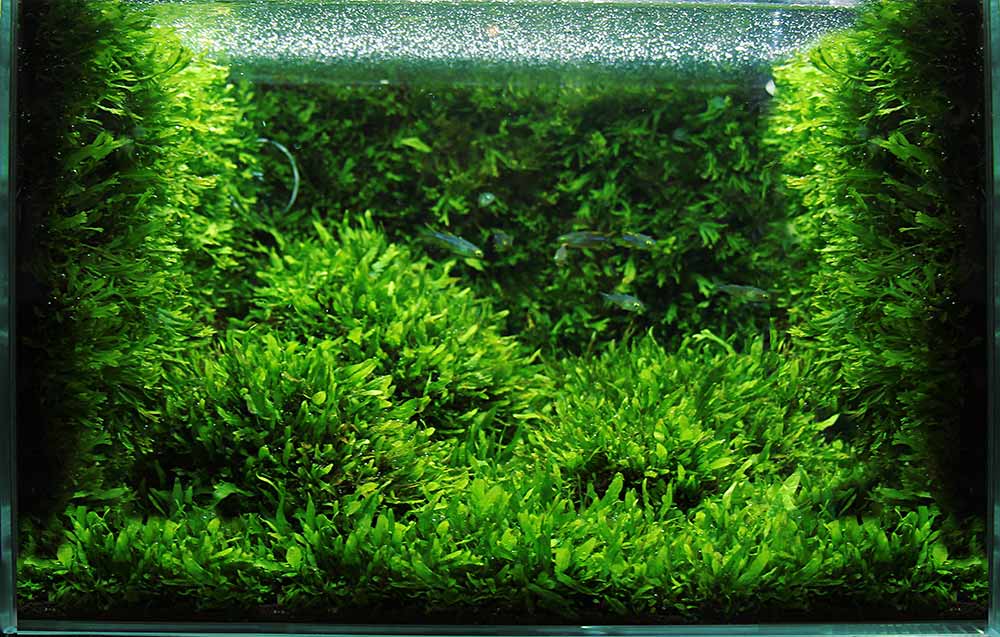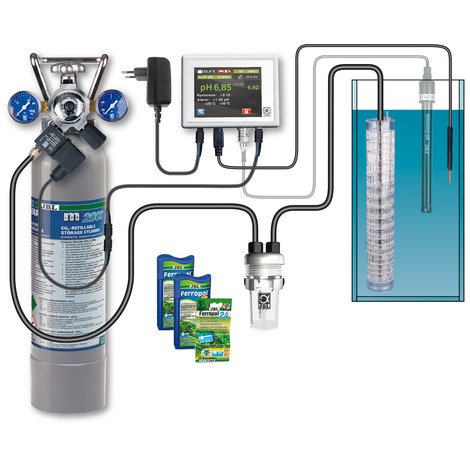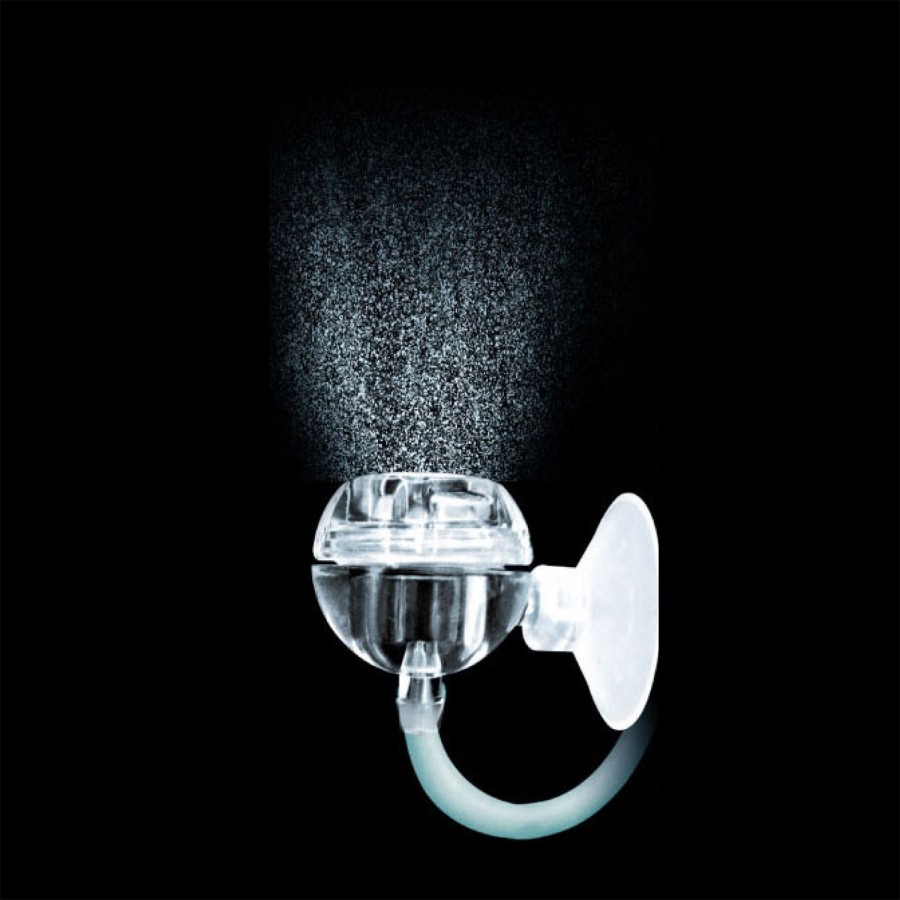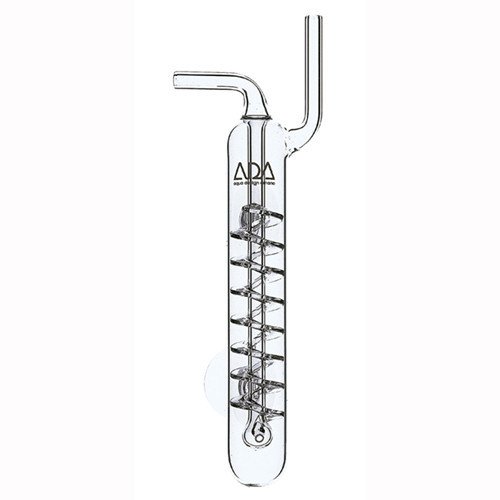CO2 – System in an Aquarium

At a low point at the beginning of his career, Takashi Amano, the founder of the aquarium aquaculture and the father of aquascaping, out of pure curiosity poured some mineral water into his aquarium, in which the aquatic plants, despite many attempts, still showed a meager growth and looked unhealthy. A short time later small aeration bubbles formed on the aquarium plants, which rose visibly to the water surface. The mineral water addition had provided for a higher photosynthetic activity of the plants. Mineral water or sparkling water contains a lot of carbon dioxide. This realization was a real eye-opener for Amano and he realized how important the carbon supply for aquatic plants in an aquarium is. At the present time, the introduction of CO2 and the associated carbon fertilization of aquarium plants is an integral part of aquaristics.

Studies have also shown positive effects of CO2 fertilization in a planted aquarium or aquascape. This can be well understood in the article "Sukei Research: CO2 supply". Incidentally, the introduction of carbon dioxide has its own influence on the pH value in the aquarium: as this process produces a small percentage of carbon dioxide, the CO2 supply makes the water more acidic. A low pH has many benefits: it improves the uptake of nutrients in aquarium plants and, in addition, many tropical fish, invertebrates and plants prefer soft and acid water, similar to those from their original habitats.

In any case, the CO2 feed and the value of the dissolved carbon dioxide should be monitored in the aquarium water - too much CO2 can cause problems for aquarium animals in the tank. For the monitoring of the CO2 level in the water, the aquarium uses CO2 endurance tests. This can be used to control the introduction of the gas. To define certain quantities, the aquarist uses bubble counters. And hereby we would be already with the components of a CO2 plant, which is used for the carbon fertilization in planted aquariums. In the Aquaristik several types of CO2 systems are used, starting from bio CO2, over disposable plants to CO2 reusable systems with a compressed gas cylinder.

Especially in aquascaping so-called diffusers are very popular CO2 addition devices. Here, the gas is forced through a fine-pored ceramic membrane, thereby creating many micro-fine CO2 bubbles, which can be distributed in the aquarium. Also under the diffusers, there are different types and materials, such as glass, plastic or stainless steel.
Sources
https://www.jbl.de/en/products/detail/7393/jbl-proflora-m2003
https://aquaundco.com/co2-acryl-keramik-diffusor-2in1.html
https://aquatic-garden.com/product/co2-glass-bubble-counter
https://co2-anlage-aquarium.de/co2-anlage-im-aquarium-grundlagen/